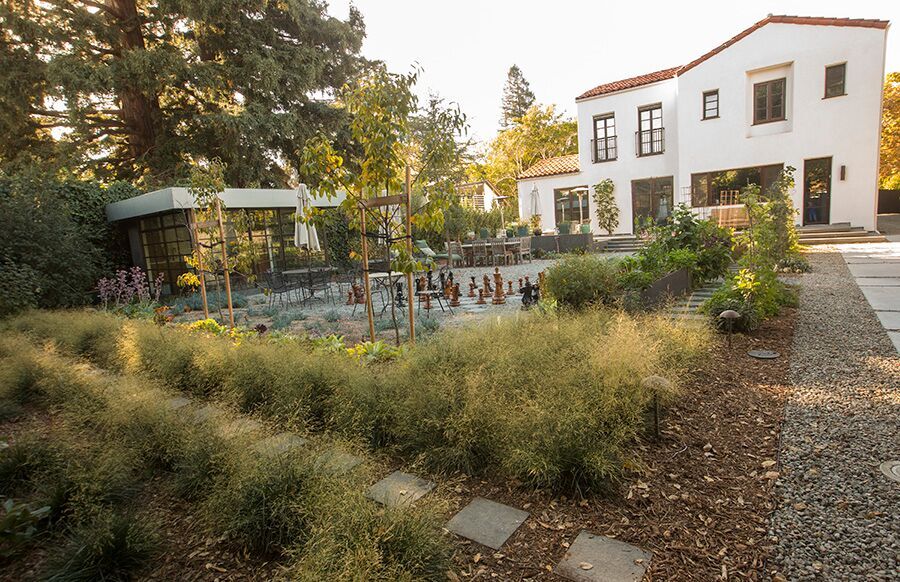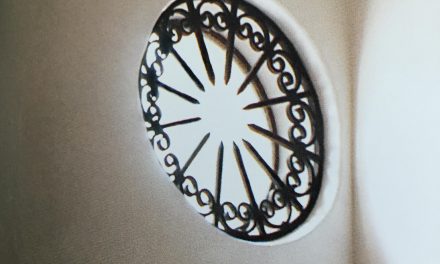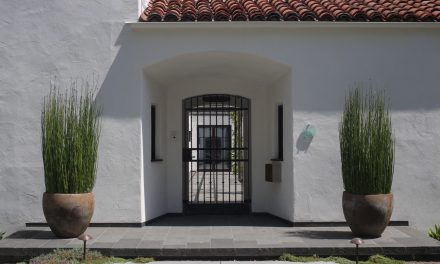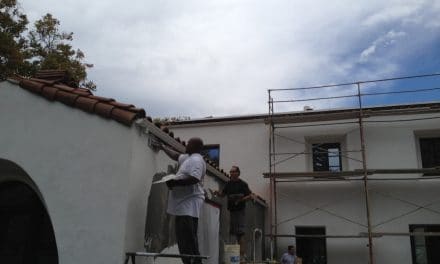You don’t build a home without learning a thing or two. Here are insights from Stuart and Marcella:
Mission Statement
Whenever we veered from our mission statement, we regretted it. For example, using Lutron controls for some of the house added complexity and energy load. We also added certain hard to reach built-in shades and screens to the Lutron panel loads. Consequently, given the customization required, we had more truck rolls than we would have liked. Also, the home automation systems required more tweaking than we would have liked. The biggest issues were the network and the Mobotix front door monitoring station. It all works now but simplicity has its virtues.
Wine Cellar
We tried to design a passive wine cellar, using models of ground temperature at various times of the year to inform us of the right amount of insulation at different depths. Unfortunately, the models were incorrect and we ultimately had to add refrigeration. If we had to do it all over again, we would have super-insulated the wine cellar at all depths and better isolated it from the spaces adjacent to it to reduce or possibly eliminate the need for refrigeration.
Windows and Doors
Our Sfera Group windows and doors perform to PH standards and are aesthetically pleasing but we are not satisfied with the door hardware. The hidden hinges have a design flaw and some of the latches will likely need to be rebuilt.
VOCs
We tried to avoid paint whenever we could (using plaster for the main and second floors) but painted the basement and some of the reclaimed wood walls. Initially, we were told that the color we wanted required a low VOC paint. When we saw (and smelled) it being applied, we immediately wished we had chosen a non-VOC paint. Fortunately, the painters were able to find a suitable alternative that was less toxic to the painters and the environment.
Net Zero Energy (NZE)
We more than achieved our goal and this year we have added a second EV to the load while still remaining net zero but … this result takes careful planning. The hours we spent analyzing our plug loads and identifying high-efficiency appliances and A/V equipment paid off. Also, monitoring virtually every circuit allowed us to uncover additional ways to save energy, without sacrificing our quality of life. We found flaws in designs, equipment and the use of equipment that we would not have detected without monitoring our energy consumption. “You can’t manage what you don’t measure”.
General Contractor
First, and most importantly, choosing the right General Contractor (GC) is critical. Smith-Hyder Construction did an incredible job on many levels. Chris Hyder embraced our mission statement and became a certified Passive House (PH) contractor. He gained valuable knowledge in the process and shared it with all of the subs on the job so that they performed work that was not only consistent with becoming PH certified but also more sustainable. By doing so, we reduced waste, re-used materials and supplies when possible and recycled almost everything. The house was completed in just 10 months (which is remarkable) with an extraordinarily high degree of workmanship. We relied on Chris to not only manage the process but also to help think through complex HVAC, design, lighting, appliance, landscape and other issues. Chris and his partner Craig Smith (Smith-Hyder Construction) are honest, high integrity builders who have allowed us to build an exceptional home without the usual stress of a building project. They stand behind their work (for years) and always put the interest of their client first.
Architects
We are thrilled with our architects. Dan Garber (FGY) took the lead with the design and he did a superb job marrying form and function. The house perfectly captures our desire to build a California Mission style home with a modern aesthetic. He read our Mission Statement and used passive house principles to accomplish our objectives.
As we learned from him, the houses of the California Mission and Spanish Colonial Revival styles have their antecedents in temperate climates like Palo Alto’s. With its thin massing, stucco walls with deep set openings, the house Dan designed utilized the style’s more austere exterior characteristics to drive our design goals and frame our more modern interior design aesthetic. His massing with the spine of the house perpendicular to the street was non-intuitive but it allowed for more light, better ventilation, a private courtyard and terrific orientation for the PV. Also, the thick walls and inset windows provided superior envelope characteristics as well as shading for the windows in summer. He is a wonderful person and has been as involved post construction as he was pre-construction.
Stuart Welte (EID) worked collaboratively with Dan in the hand-off from design phase to Construction Document (CD) phase. Stuart’s experience with PH construction was invaluable and he hit every aggressive deadline we set for him. Stuart is also a delightful person and we are so appreciative of all of his advice along the way.
– Stuart & Marcella








